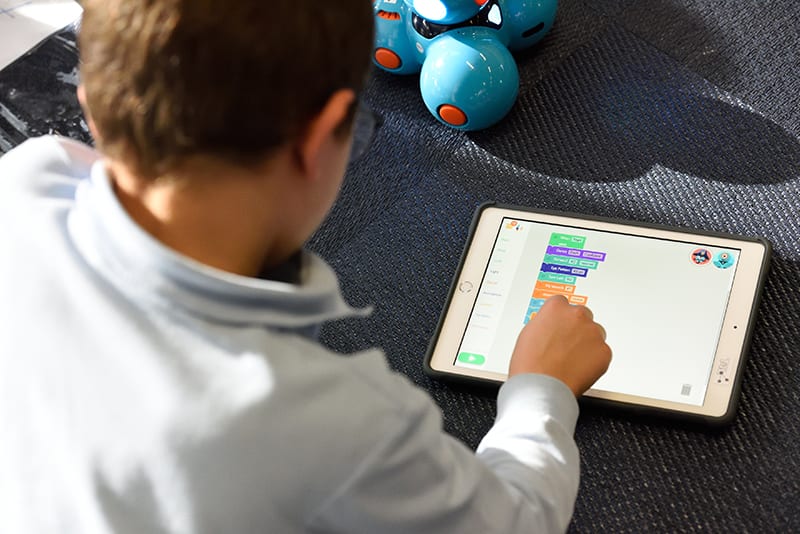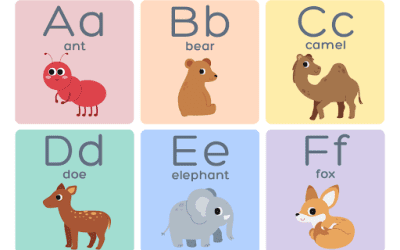Early investments in eLearning have primed courses for the next step of mobile learning.
Does it seem like elearning bids were just on the table? Does it seem like a trend is here? Mobile learning is more than a trend, it’s primed to grow. Don’t fret: your investment in eLearning is about to pay off. mLearning is a natural extension of eLearning. Here is why mobile learning primed to take off.
Learners demand it
The 2018 ECAR Study of Undergraduate Students and Information Technology says “…the number of students preferring a blended learning environment that includes ‘some to mostly online components’ has increased while students preferring a face-to-face only learning environment has continued to decline.” A young child uses a tablet to sort shapes. A fourth grader drills math facts as his peers wrap up writing tasks. A third grader reads along with an audio book to build proficiency. A middle schooler keeps up with her advanced algebra class while at a gymnastics competition. A high schooler completes his first-year college courses while being able to graduate with his class back in the Midwest.
Faculty attitudes are changing
In the past, faculty resisted online learning. Just as learners have more experience, so do teachers. They are more willing to meet the students where they’re at: online. The 2019 Inside Higher Ed Survey of Faculty Attitudes on Technology reports that “A new high of 46 percent of faculty members, up from 39 percent in 2016 and 30 percent in 2013, say they have taught an online course for credit. Ninety-eight percent of faculty members say they have taught a face-to-face course, and thirty-eight percent have taught a hybrid or blended course that has elements of face-to-face and online teaching.” With more experience, educators are less skeptical of online learning than in the past. Teachers are still wary of online course fraud, but they like the accountability that mobile learning creates in the online classroom.
Administrators can track it
Teachers are warming up to the benefits of keeping everything in one place. The 2019 Inside Higher Ed Survey of Faculty Attitudes on Technology, reports that 84% faculty members use their institution’s LMS to share syllabus information and 71% of teachers use the system to record grades. With an 18+ jump, the LMS has quickly turned into the eyes of the institution. Teachers get the benefits of tracking student interactions with course content. Instructors can pinpoint the number of tries a student needed to pass an exam. Faculty is able to offer extra learning items without adding another textbook.
Students can afford it
The entry price for mobile devices continues to drop. In 2017, Ericsson projected 6.1 billion cell phone users by 2020. The 2019 reports put that number at 8 billion users. eLearning is often restricted to a physical site, such as a computer lab. With mobile learning, a student can read content during the morning bus ride. Where eLearning needs a learner to commit to a block of time to complete the course, mobile learning lets a student to work on the course a little bit at a time.
Mobile learning fills in the spaces between large learning chunks. Investments made in eLearning have primed core curriculum for mobile learning. From the coffee stand, students connect in online forums. Learners post photos of course concepts applied in the real world. Students are able to connect with learners at other universities. Undergraduates can interact with faculty. Students can create content and share results. mLearning works best in well-planned supporting bits which reinforce course objectives.
Check out Our Services page and find out how A Pass can help with your mobile learning course creation and more.




